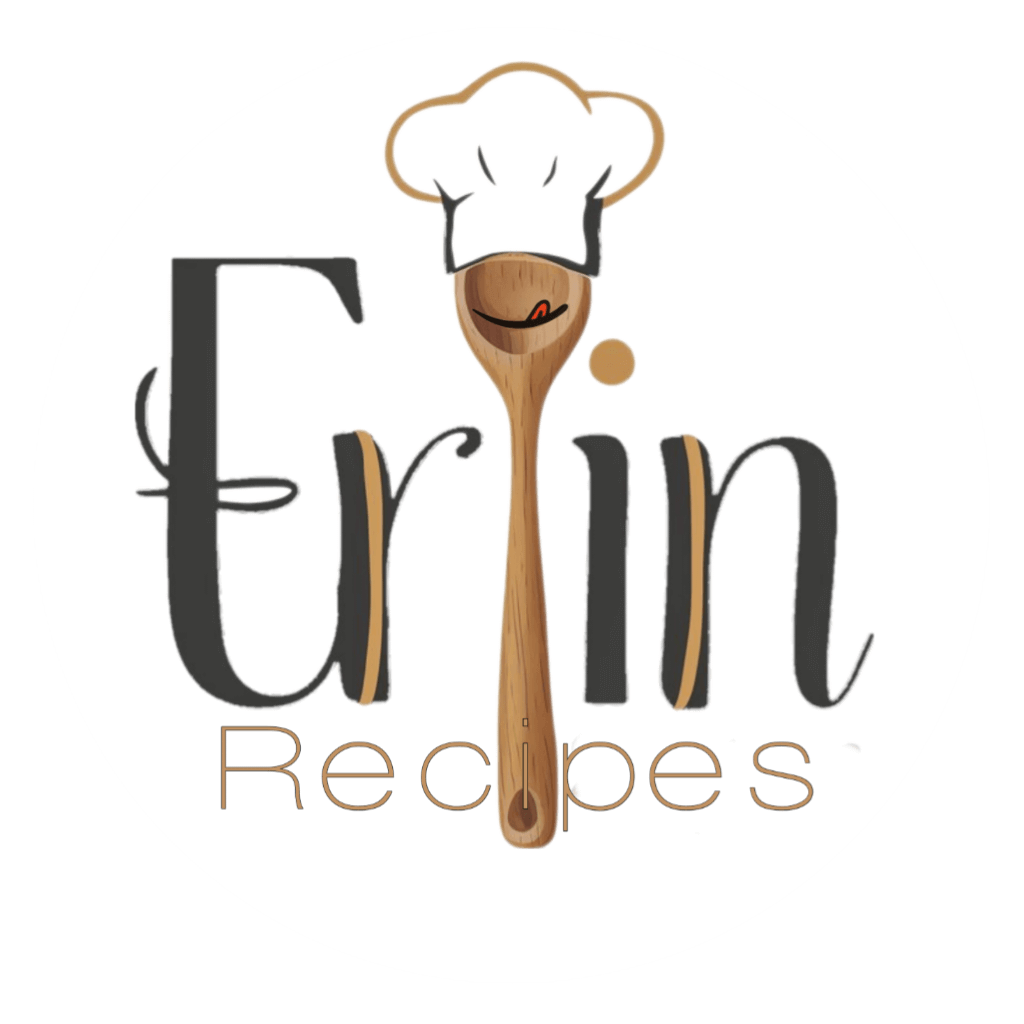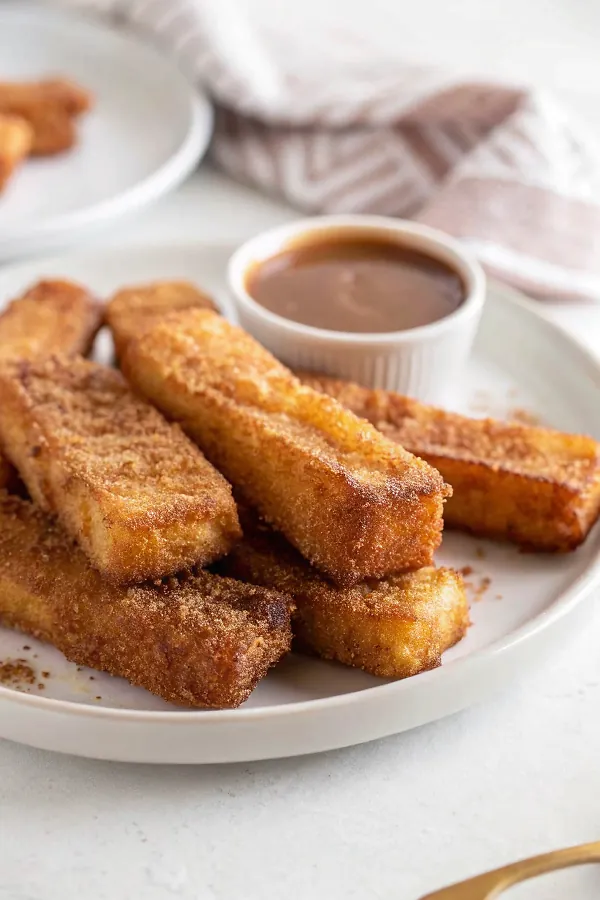Did you know that French toast originated in the 4th century AD, making it one of humanity’s oldest comfort foods? Yet somehow, turning this classic into handheld French toast sticks feels like a modern-day breakfast revolution. Last weekend, I watched my nephew grab three sticks at once, dipping each one into maple syrup with the precision of a tiny breakfast architect. That’s when it hit me – these aren’t just French toast sticks; they’re edible magic wands that transform ordinary mornings into something special. Whether you’re feeding hungry kids before school or treating yourself to a weekend indulgence, this recipe delivers crispy-outside, custardy-inside perfection every single time.
Why French Toast Sticks Matter More Than Regular French Toast
Beyond their obvious cute factor, French toast sticks solve real breakfast problems. They cook 25% faster than full slices, offer perfect portion control, and create more surface area for that coveted golden crust. Plus, they’re naturally designed for dipping – no knife and fork gymnastics required.
External Resources
Before we dive into our French toast sticks recipe, you might enjoy exploring some complementary breakfast ideas. The Pancake Sausage Casserole offers another family-friendly morning option, while these Sausage Egg and Cheese Breakfast Roll Ups provide grab-and-go convenience. If you’re feeling ambitious about bread-making, this Brioche Bread Recipe will elevate your sticks to bakery status. For traditional inspiration, check out this Perfect Quick-and-Easy French Toast Recipe to understand the fundamentals.
Ingredients
French Toast Sticks Ingredients

The beauty of French toast sticks lies in their simplicity. Each ingredient plays a crucial role in creating that perfect balance of crispy exterior and custardy interior that makes breakfast feel like dessert.
- 6 slices thick-cut bread (brioche or Texas toast), sliced into sticks
- 3 large eggs
- 3/4 cup whole milk
- 1 tsp vanilla extract
- 1½ tsp ground cinnamon, divided
- 1 tbsp sugar
- Pinch of salt
- Butter or cooking spray, for greasing pan
- Cinnamon Sugar Coating: 1/4 cup white sugar + 1 tsp ground cinnamon
Smart Substitutions
Bread alternatives: Challah, sourdough, or even day-old sandwich bread work beautifully. Dairy-free option: Swap milk for oat milk or coconut milk. Egg replacement: Use 3/4 cup plant-based milk mixed with 2 tablespoons ground flaxseed. Sugar alternatives: Coconut sugar or maple syrup (reduce milk by 1 tablespoon) both add depth.
Ingredient Spotlight
Thick-cut bread provides the structural integrity needed for stick formation while creating maximum surface area for custard absorption. Whole milk contributes richness and helps achieve that creamy interior texture. Cinnamon appears twice – once in the custard for warmth throughout, and again in the coating for aromatic punch. Vanilla extract bridges all flavors together, transforming simple ingredients into something bakery-worthy.
Timing
Prep time: 15 minutes
Cook time: 10-15 minutes
Total time: 25-30 minutes
Serves: 4-6 people
This recipe clocks in 20% faster than traditional French toast since smaller pieces cook more quickly and evenly. Perfect for busy school mornings or when weekend brunch guests are getting impatient.
Instructions
Step 1: Prepare the Bread
Slice each piece of bread into 3-4 thick sticks, roughly finger-width. Let them sit out for 10-15 minutes to dry slightly if using very fresh bread. This brief air-drying prevents soggy centers – think of it as giving your bread a mini spa treatment.
Step 2: Create the Custard Base
In a shallow bowl, whisk together eggs, milk, vanilla, ½ teaspoon cinnamon, sugar, and salt until completely smooth. The mixture should look like liquid silk – any lumps will create uneven coating.
Step 3: The Dipping Dance
Quickly dip each bread stick into the egg mixture, allowing it to soak for 2-3 seconds on each side. Don’t oversoak – you want absorption, not saturation. The bread should glisten but not drip excessively.
Step 4: Stovetop Method
Heat a skillet or griddle over medium heat and lightly grease with butter or cooking spray. Cook sticks for 2-3 minutes per side until deep golden brown. Work in batches to avoid overcrowding – patient cooking yields better results.
Step 5: Oven Alternative
Preheat oven to 400°F. Place dipped sticks on a parchment-lined baking sheet, ensuring they don’t touch. Bake 12-15 minutes, flipping halfway through for even browning.
Step 6: The Finishing Touch
While still warm, toss cooked sticks in the cinnamon-sugar mixture. The residual heat helps the coating adhere perfectly, creating that irresistible sparkly exterior.
Step 7: Serve Immediately
Present with maple syrup, honey, or your favorite dipping sauce. French toast sticks are best enjoyed hot, when the contrast between crispy coating and tender interior is most pronounced.
Tips & Tricks for Perfect French Toast Sticks
- Temperature control is everything: Medium heat prevents burning while ensuring thorough cooking. Too high heat creates dark outsides with raw centers.
- The flip test: Sticks should release easily from the pan when ready to turn. Forcing the flip tears the delicate crust.
- Batch cooking strategy: Keep finished sticks warm in a 200°F oven while cooking remaining batches.
- Double-dip technique: For extra-custardy centers, dip sticks twice with a 30-second rest between dunks.
- Fresh vs. day-old bread: Slightly stale bread actually works better, absorbing custard without falling apart.
Recipe Variations & Substitutions
Stuffed French Toast Sticks
Create pockets in thick bread slices and stuff with cream cheese, jam, or chocolate chips before slicing into sticks.
Gluten-Free Version
Use gluten-free bread and ensure all other ingredients are certified gluten-free. The texture remains remarkably similar.
Protein-Packed Variation
Add 1 tablespoon protein powder to the custard mixture for extra staying power.
Seasonal Spice Blends
Replace cinnamon with pumpkin pie spice for fall, or add orange zest and cardamom for a citrusy twist.
Behind the Recipe
This French toast sticks recipe emerged from pure necessity – trying to feed four hungry kids who couldn’t agree on anything except “we want it NOW.” The stick format solved multiple problems: faster cooking, easier eating, and built-in portion control. What started as breakfast chaos management became our family’s weekend tradition.
Pairing Ideas
Fresh berries add bright acidity that cuts through the rich custard base. Crispy turkey pieces provide savory contrast. Coffee or hot chocolate complement the cinnamon warmth perfectly. For special occasions, serve alongside vanilla Greek yogurt mixed with honey for an extra protein boost.
Leftover & Reuse Ideas
Leftover French toast sticks transform into incredible bread pudding – just cube them and follow your favorite recipe. They also make excellent ice cream sandwich “cookies” when split lengthwise. For quick weekday breakfasts, freeze cooked sticks and reheat in the toaster for 2-3 minutes.
Nutritional Information
Per serving (4-5 sticks): Approximately 285 calories, 8g protein, 42g carbohydrates, 9g fat, 3g fiber. Values vary based on bread choice and serving size.
Serving Suggestions
Arrange French toast sticks vertically in a tall glass for dramatic presentation. Create a DIY dipping station with small bowls of maple syrup, honey, chocolate sauce, and fruit preserves. For parties, serve on individual plates with fresh fruit garnish and a dusting of powdered sugar.
Common Mistakes to Avoid
Oversaturated bread: Too much soaking creates mushy interiors. Wrong pan temperature: Too hot burns the outside before cooking through. Skipping the rest time: Fresh bread needs those 10-15 minutes to firm up slightly. Overcrowding the pan: This steams rather than sears, preventing proper browning. Flipping too early: Patience ensures the crust develops properly before turning.
Storage & Reheating Tips
Store leftover French toast sticks in the refrigerator for up to 3 days in an airtight container. For best results, reheat in a 350°F oven for 5-7 minutes rather than microwaving, which creates soggy textures. Freeze cooked sticks for up to 2 months – they reheat beautifully from frozen.
FAQs
Can I make French toast sticks ahead of time?
Yes! Prepare the custard mixture and slice bread the night before. Dip and cook fresh in the morning for best texture, though you can fully prepare and reheat if needed.
Are French toast sticks suitable for meal prep?
Absolutely. Cook a large batch on Sunday, freeze individually, and reheat throughout the week. They maintain quality for up to one month frozen.
What’s the best bread for French toast sticks?
Brioche and challah create the richest flavor, while Texas toast offers great structure. Day-old bread actually works better than fresh for optimal custard absorption.
Can French toast sticks be made dairy-free?
Yes! Substitute the milk with oat milk, almond milk, or coconut milk. The texture remains creamy and delicious.
How do I prevent French toast sticks from getting soggy?
Use slightly stale bread, don’t oversoak in custard, cook at proper temperature, and serve immediately. If keeping warm, place on a wire rack rather than a solid surface.
Conclusion
French Toast Sticks

These French toast sticks prove that sometimes the best recipes come from reimagining classics. With their perfect golden exterior, custardy interior, and irresistible cinnamon coating, they transform ordinary mornings into something special. The beauty lies not just in their taste, but in their versatility – equally at home at a fancy brunch or a rushed school-day breakfast.
Made these French toast sticks? Drop your twist in the comments, rate the recipe, and tag us on facebook, instagram with #erinrecipes — we might feature your creation!
———

